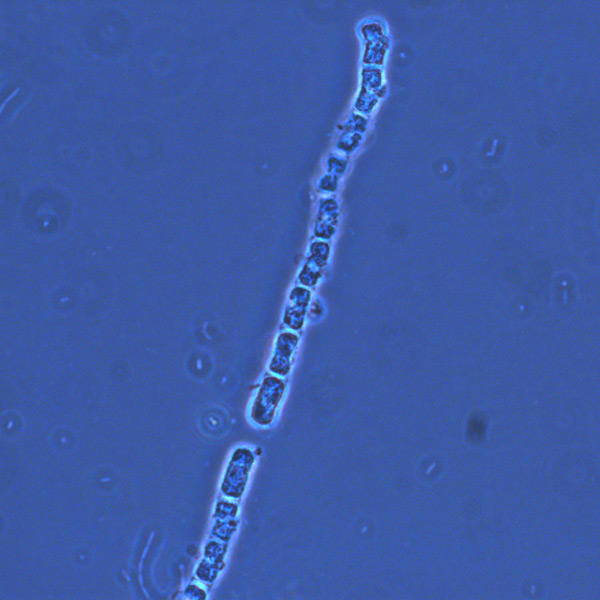Day 5
We found Loki’s Castle AGAIN! It was almost as exciting as last year, climbing up the slope covered in old chimneys and mineral debris.

Main content
| Date: | 5 August 2009 |
| Weather conditions: | foggy |
| Temperature (air / water): | 7.7/ 6.4 °C dew point = 7.1 |
| Wind speed: | 1.7m/s |
| Wave height: | flat, glassy calm |
| Location: | 73N 8W |
Daily report:
(Evening of 4 August)
The positioning programme aboard the Sars has been updated and last summer's coordinates were erased, so we literally had to find Loki's Castle again! However, once we found ourselves on the slope of broken chimneys, we knew we just had to climb to the top. It was every bit as exciting and breath-taking as last year. The chimney fragments are extremely colourful: yellows, oranges (rust) and reds.
Our first dive was a kind of sea-test for the new sampling equipment. We quickly discovered that some items were not optimally positioned on the robot arms - we will modify this for the next dive. We did get some bacteria mat samples, so the microbiologists will be on night duty archiving and analysing those.
5 August
Hans Tore's team was also on night duty. They first set out an Agassiz trawl and then an RP trawl on a mud flat in the rift valley, which they had roughly sampled last summer. The collective results show that there were no particular surprises; the organisms collected were typical of Norwegian Sea bottom fauna. However, because these samples are preserved in alcohol, it will be possible to undertake DNA testing of them - something that has not been done before.
After breakfast a rock dredge was deployed up the slopes of a small volcano found nearby. It brought up a collection of muddy volcanic glass bits; pieces of broken pillow lava.
We set the ROV out after lunch. It takes about 2 hours to descend to 2300m. Unfortunately the transducer that shows the position of the ROV on the map is not working well, so our actually position on the sea floor was hard to plot exactly. Rolf and the pilots figured out a way to use the sonar to give position information, but before they worked this out we found ourselves tending to go in circles that always seemed to end up at the first Black Smoker we found last year, called Joao.
In addition to Joao, last summer we also found a cluster of chimneys situated around 100m west. We headed west with the ROV and found some smokers - but they did not look the same, so we initially thought that we had found a new cluster. However, Rolf went back to look at the footage from last summer and figured out that our 13m Mr. Simpson chimney had mostly fallen over and a group of thin candle-like chimneys have sprouted from its base. The director of the Discovery team, Sarah Goodman, suggested we call the candelabra structure, Menorah. A nearby structure that was venting very vigorously turns out to be the more passively venting structure we called camel last summer. The third vent we found this year, which was also actively venting, may be one of the others from last year.
There are better lights on the ROV this year and it is much easier to see the black billowing smoke against the blackness of the deep sea.
Ida's team has processed some of the microbial material and have some wonderful pictures from under the microscope showing good examples of sulphur-oxidising bacteria.
Three o'clock cake break was extra special today as it was the chief steward and cook's 60th birthday. Trygve Byrknes has been with the G.O.Sars since she was launched in 2003, and was on the Håkon Mosby before that. Three of the crew used part of their night shift to make the most delicious cheese cakes for the celebration!
Click on a day below to access another report!
| Sun | Mon | Tues | Wed | Thurs | Fri | Sat |
| 1 | ||||||
| Day 1 | ||||||
| 2 | 3 | 4 | 5 | 6 | 7 | 8 |
| Day 2 | Day 3 | Day 4 | Day 5 | Day 6 | Day 7 | Day 8 |
| 9 | 10 | 11 | ||||
| Day 9 | Day 10 | Day 11 |
